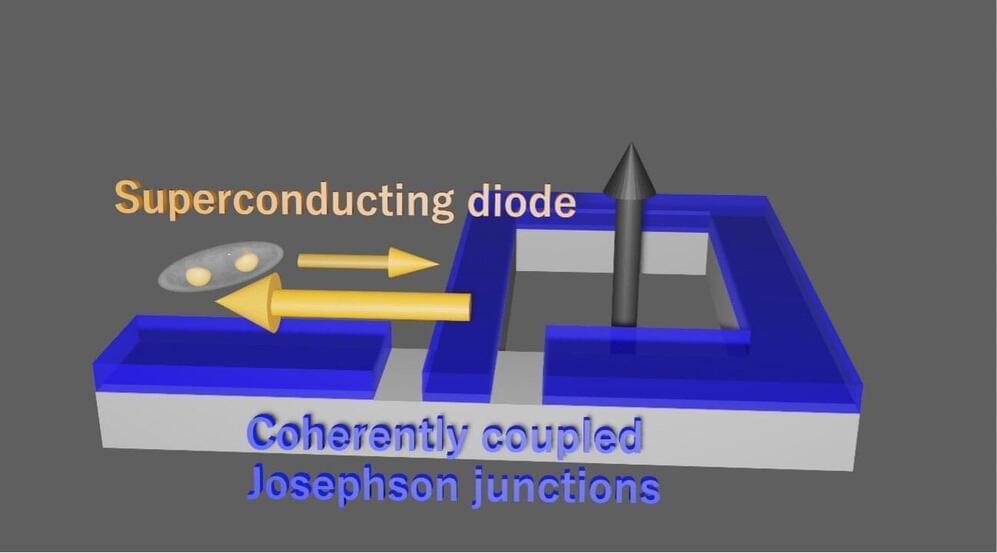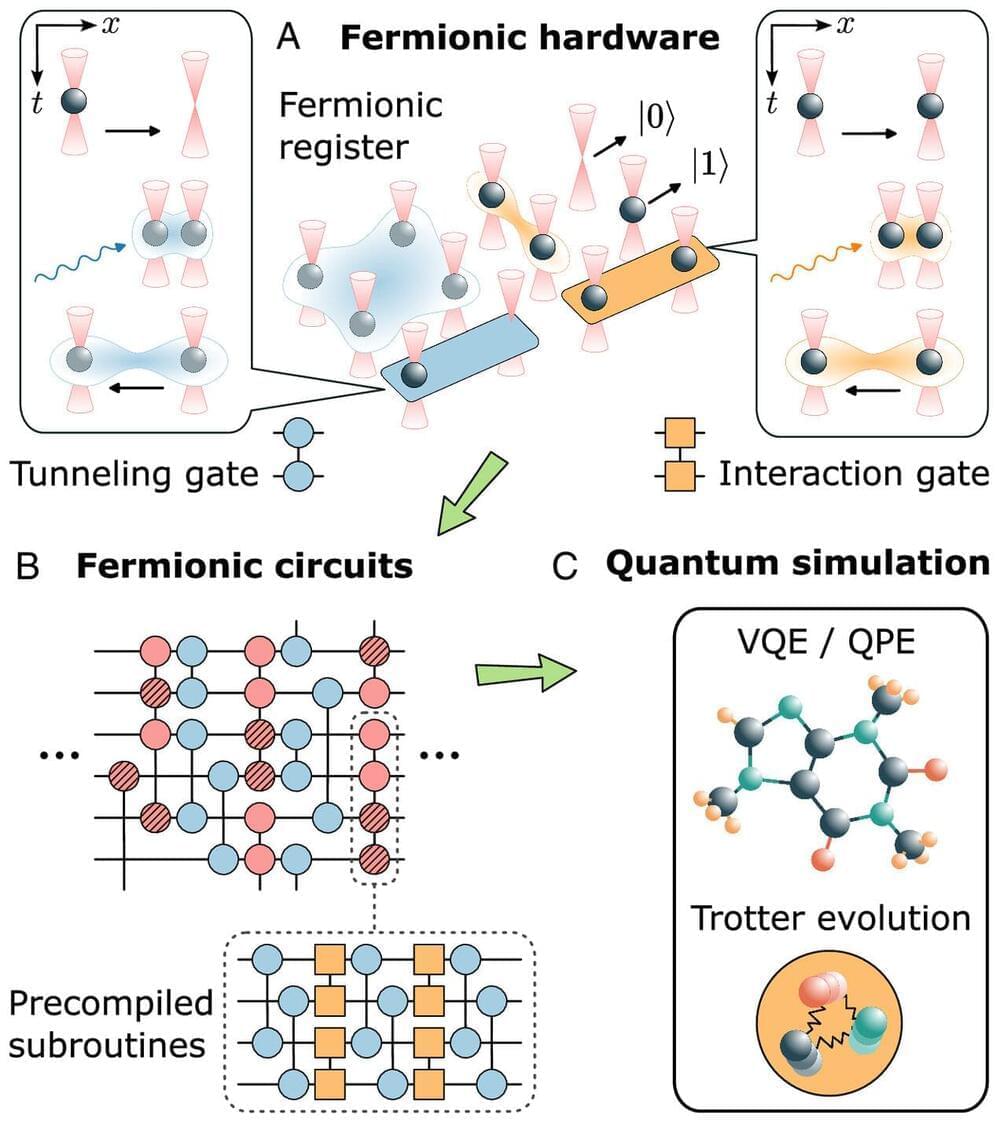Efforts to restore speech to people silenced by brain injuries and diseases have taken a significant step forward with the publication of two new papers in the journal Nature.



It’s notoriously difficult for doctors to identify a wound that is becoming infected. Clinical signs and symptoms are imprecise and methods of identifying bacteria can be time-consuming and inaccessible, so a diagnosis can be subjective and dependent on clinician experience. But infection can stall healing or spread into the body if it isn’t treated quickly, putting a patient’s health in grave danger. An international team of scientists and clinicians thinks they have the solution: a device run from a smartphone or tablet app, which allows advanced imaging of a wound to identify infection.
“Wound care is one of today’s most expensive and overlooked threats to patients and our overall health care system,” said Robert Fraser of Western University and Swift Medical Inc., corresponding author of the study published in Frontiers in Medicine. “Clinicians need better tools and data to best serve their patients who are unnecessarily suffering.”
The scientists developed a device called the Swift Ray 1, which can be attached to a smartphone and connected to the Swift Skin and Wound software. This can take medical-grade photographs, infrared thermography images (which measure body heat), and bacterial fluorescence images (which reveal bacteria using violet light).

The so-called superconducting (SC) diode effect is an interesting nonreciprocal phenomenon, occurring when a material is SC in one direction and resistive in the other. This effect has been the focus of numerous physics studies, as its observation and reliable control in different materials could enable the future development of new integrated circuits.
Researchers at RIKEN and other institutes in Japan and the United States recently observed the SC diode effect in a newly developed device comprised of two coherently coupled Josephson junctions. Their paper, published in Nature Physics, could guide the engineering of promising technologies based on coupled Josephson junctions.
“We experimentally studied nonlocal Josephson effect, which is a characteristic SC transport in the coherently coupled Josephson junctions (JJs), inspired by a previous theoretical paper published in NanoLetters,” Sadashige Matsuo, one of the researchers who carried out the study, told Phys.org.

The first images from India’s Chandrayaan-3 mission taken after the probe’s historic moon touchdown reveal a pockmarked surface near the lunar south pole.
The Indian Space Research Organisation (ISRO) shared the images on X, formerly Twitter, on Wednesday (Aug. 23), about four hours after the Chandrayaan-3 spacecraft completed its smooth descent.
Wait… how is that possible?



Researchers from Austria and the U.S. have designed a new type of quantum computer that uses fermionic atoms to simulate complex physical systems. The processor uses programmable neutral atom arrays and is capable of simulating fermionic models in a hardware-efficient manner using fermionic gates.
The team led by Peter Zoller demonstrated how the new quantum processor can efficiently simulate fermionic models from quantum chemistry and particle physics. The paper is published in the journal Proceedings of the National Academy of Sciences.
Fermionic atoms are atoms that obey the Pauli exclusion principle, which means that no two of them can occupy the same quantum state simultaneously. This makes them ideal for simulating systems where fermionic statistics play a crucial role, such as molecules, superconductors and quark-gluon plasmas.


Researchers have successfully forced electromagnetic (EM) waves that usually pass right through each other to collide head-on by manipulating time, made possible with the unique properties of metamaterials.
Inspired by the concept of using macro-scale waves like tsunamis or earthquakes to cancel each other out, the manipulation of time interfaces to cause these photons to collide instead of pass through each other could open up a wide range of engineering applications, including advances in telecommunications, optical computing, and even energy harvesting.
Is Using One Wave to Cancel Another Wave Possible?